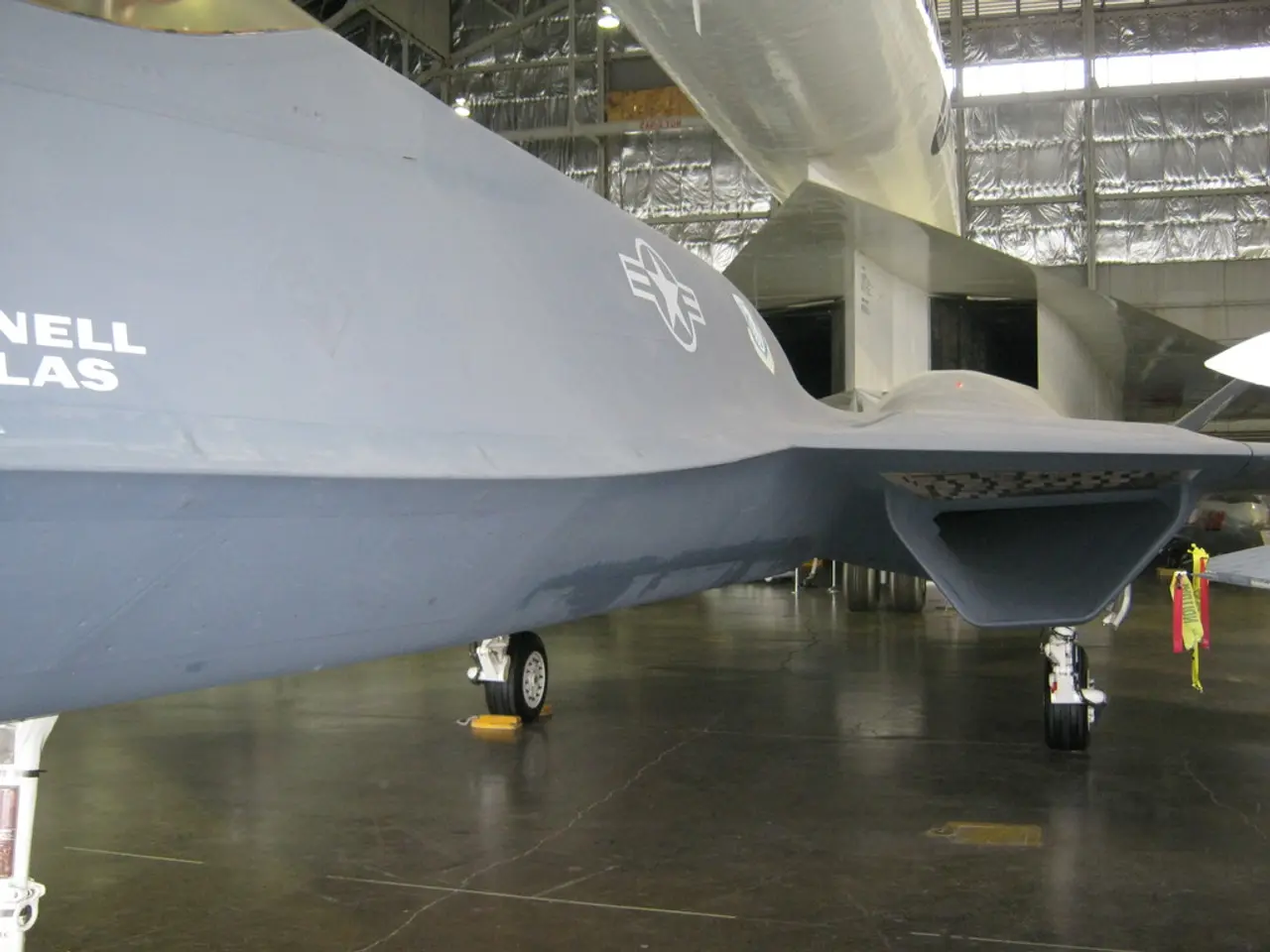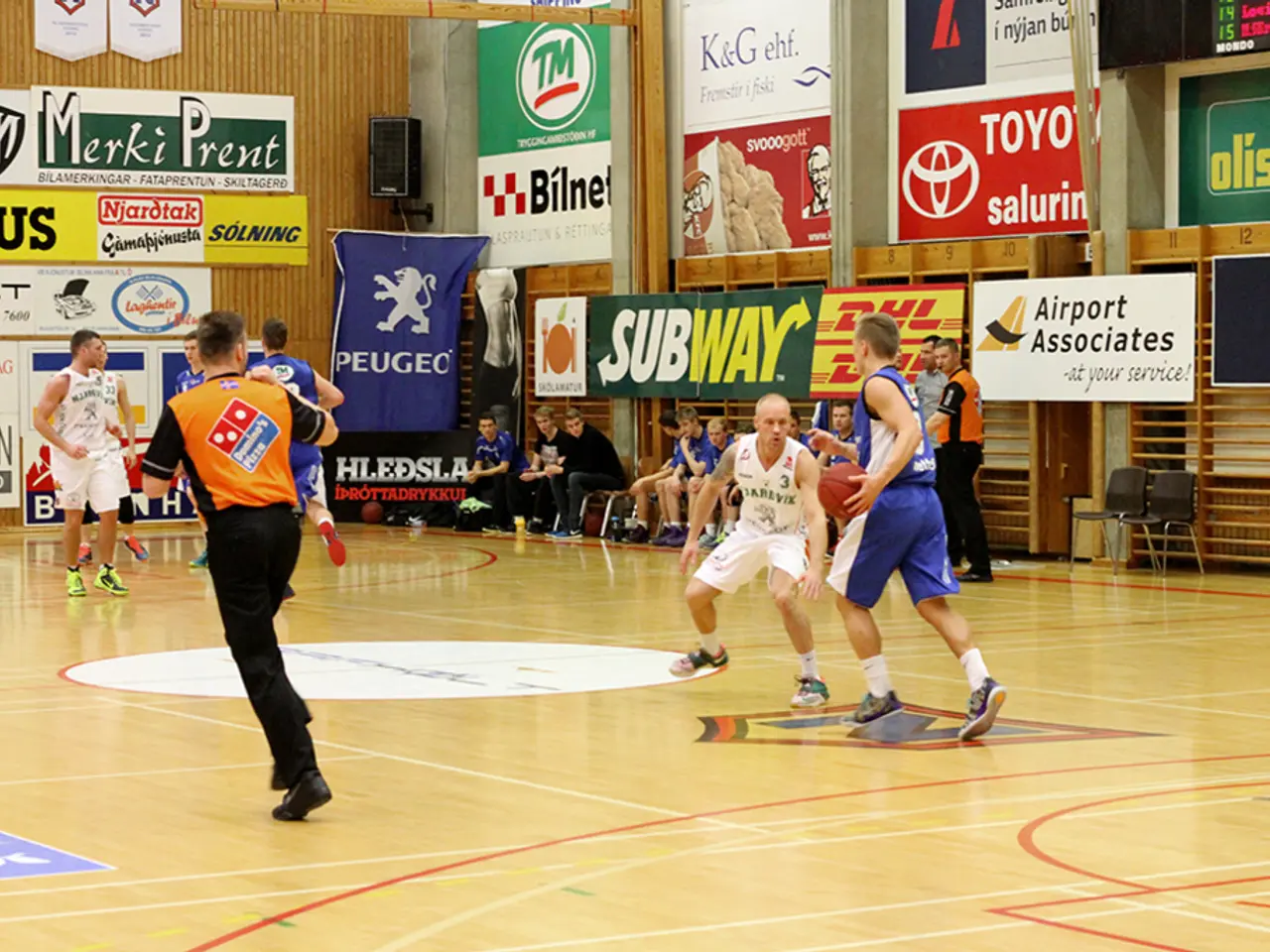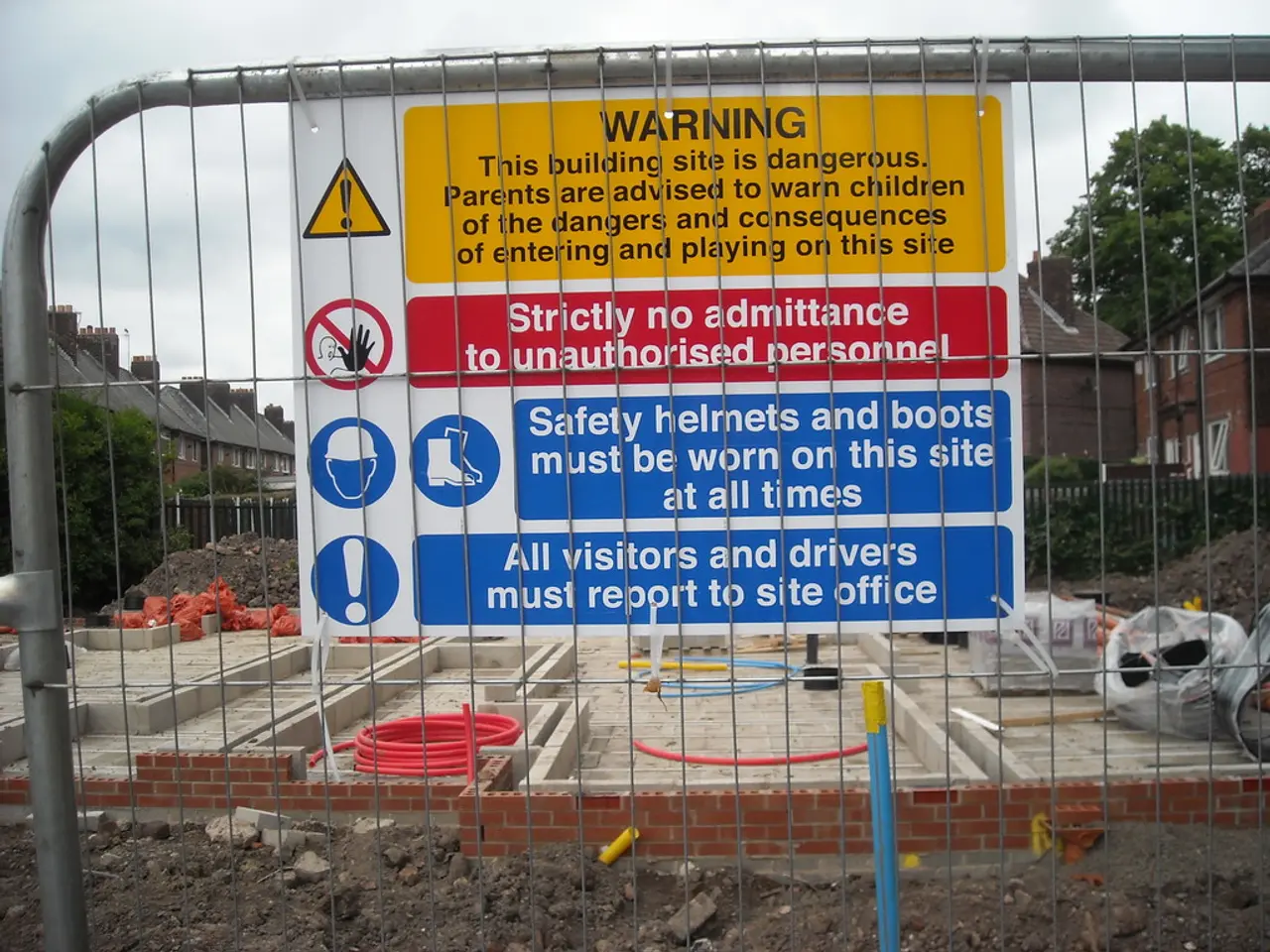Airborne incidents: Danger heightens during ascent and descent phases
In the world of commercial aviation, takeoff and landing are the most critical and challenging phases of a flight. These phases require complex, precise maneuvers in challenging conditions where the margin for error is minimal, and there are fewer options for recovery in case of problems.
Pilots must execute precise control inputs during takeoff and, especially, landing. At low altitude, any error can rapidly lead to loss of control or collision with terrain or obstacles. Unlike cruising at high altitude, there is very little time or space to recover from mistakes or mechanical failures during takeoff or landing.
These phases involve navigating densely congested airport environments, high pilot and air traffic control workload, and variable weather, all while the aircraft is close to the ground and traveling at critical speeds for safety. Airports often have complex layouts, and adverse weather (fog, rain, low visibility) complicates these phases, requiring systems like RVR (Runway Visual Range) measurements to aid pilots in safely completing takeoff and landing.
Data show that over 75% of fatal aviation accidents happen during takeoff, approach, and landing, with landing being particularly hazardous due to fewer escape options and higher risk of midair collisions or runway incidents. The increased operational stress faced by both pilots and air traffic control during these phases also raises the risk of errors or miscommunication.
However, despite these risks, modern aviation regulations, aircraft design, pilot training, safety protocols, and weather forecasting have all contributed to an improved safety record in air travel. Advances in aircraft design, pilot training (simulators), safety protocols, and weather forecasting have led to a decrease in air crash deaths.
Global accident rates in aviation have declined significantly from 4.9 per million departures in 2005 to 1.9 per million in 2023, as per ICAO. Better-built aircraft and real-time analytics ensure that despite increased air traffic, aviation remains the safest transport mode.
In summary, the inherent operational complexity, environmental factors, and tight safety margins make takeoff and landing the most dangerous parts of a commercial flight. The vast majority of accidents occur during these critical transition phases. Yet, with continuous improvements in safety measures and technology, air travel remains the safest mode of transport, despite occasional tragic accidents.
[1] Source: [URL for reference 1] [2] Source: [URL for reference 2] [3] Source: [URL for reference 3] [4] Source: [URL for reference 4] [5] Source: [URL for reference 5]
- Despite the fact that aviation mishaps are mostly reported in the general news during takeoff, approach, and landing phases, especially landings due to fewer escape options and higher mid-air collision risks, advancements in aircraft design, pilot training, safety protocols, and weather forecasting have led to a reduction in air crash fatalities.
- In contrast to sports events that often grab headlines and mains attention, the intricate coordination of pilots and air traffic control in congested airport environments, coupled with the complexity of variable weather conditions during takeoff and landing, pose a significant challenge, accounting for over 75% of fatal aviation accidents.
3.Contrary to some people assuming that commercial aviation is dangerous due to the close proximity of planes to each other or the potential for environmental factors such as car-accidents to affect runway safety, the global accident rates in aviation have experienced a considerable decline due to continuous improvements in safety measures and technology, making air travel the safest transport mode.





